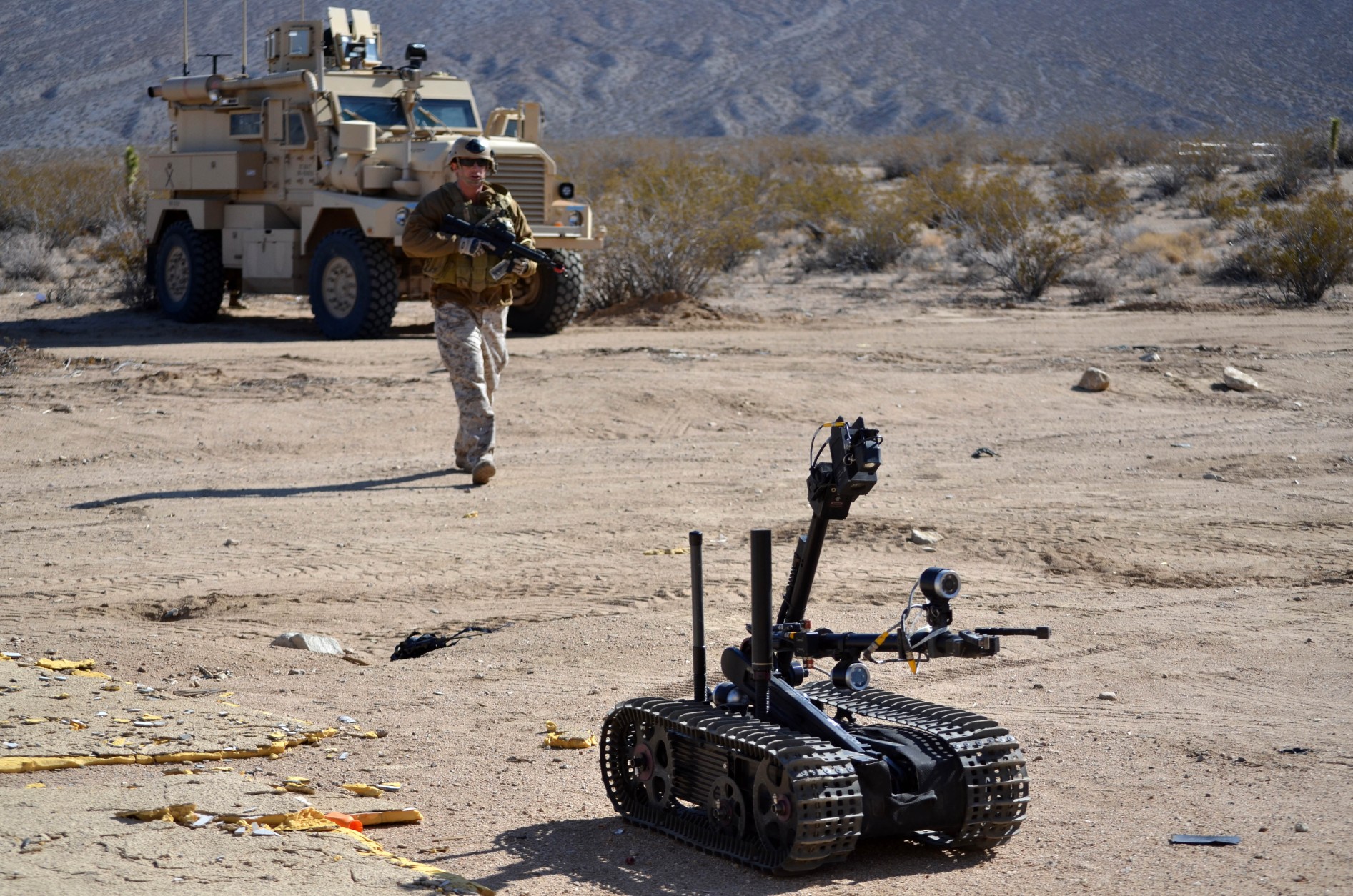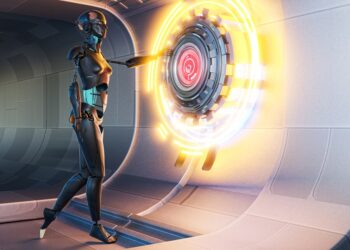In a world where many jobs are becoming automated, it makes sense for the military to explore robotics as well. Robots can perform dangerous or physically demanding tasks that soldiers may not be able to handle in the future. The military is exploring various ways in which they can use robotics.
These include using autonomous robots for surveillance, logistics, and search and rescue operations along with integrating them with human soldiers. Below we will explore how the military uses robotics, including when and how they are being used.
What is the role of Robotics in the Military?

Robotics can be used for many different tasks in the military. They can be used for surveillance, search and rescue, and tactical operations. They can also be used for logistics and support. In surveillance, autonomous robots are used for surveillance.
They can be used for surveillance in places where it is unsafe for humans to operate, such as in areas with restricted access or in places that are dangerous to operate in. For search and rescue, robots can be used for carrying out tasks that would be too dangerous or risky for humans.
For example, they can be used to clear debris to allow access to victims, or they can be used to conduct structural searches to find survivors in collapsed structures. Tactical operations can also benefit from the use of robotics. A common task that is too dangerous for humans is moving heavy objects.
Robots can be used for this task, allowing soldiers to stay out of danger. They can also be used for dangerous tasks such as placing explosives or chemical launchers to allow safer operations.
Benefits of using Robotics in the Military
- Autonomy: Autonomous robots can perform complex tasks without any risk to human life. This is a particularly important feature for missions that are too dangerous or dangerous to be performed by human soldiers.
- Precision: Robotics are often used with sensors and cameras to enable autonomous movement. This allows robots to move with much more precision than would be possible with humans, reducing the risk of injury.
- Reduction in Cost: Robotic systems are often more cost-effective than using humans. For dangerous or complicated tasks, using humans may be too expensive.
- Multitasking: Robots can have a number of different tasks assigned to them at once, so they do not have to be fully staffed with one person. This saves time and energy, allowing a greater number of soldiers to be sent on dangerous missions.
- Precision and Precision: Robotics often use sensors and cameras to enable autonomous movement. This allows robots to move with much more precision than would be possible with humans, reducing the risk of injury.
Challenges in using Robotics in the Military
Safety: Autonomous robots can be dangerous if they are not programmed correctly. They can also pose a safety risk to soldiers working with them. –
Cost: Even if they are cost-effective, robots may be more expensive than using humans. This may limit the number of tasks that they can perform. –
Data Integrity: Autonomous robots must be programmed with high-quality data to ensure that the tasks that they perform are accurate. This requires a high level of technical expertise, which many soldiers do not have. –
Security: Robots are often connected to a computer or network. This can expose them to security risks, such as hackers.
Ethics: Humans are often crucial to the task that a military robot is performing. It is critical to ensure that this is done safely and legally.
Examples of where Robotics is being used in the military.

- Autonomous Robot for Surveillance: Autonomous robots can be used for surveillance. Most autonomous robots are designed for a specific task, such as navigating a warehouse or searching for a specific object. However, there are also autonomous robots that can be used for general surveillance. Autonomous surveillance robots can be used for many different tasks, including monitoring roads, bridges, and buildings.
- Autonomous Robots for Search and Rescue: Autonomous robots can be used for search and rescue. They can be used to clear debris to provide access to victims and they can be used to conduct structural searches to find survivors in collapsed structures.
- Autonomous Cargo Robots: Autonomous robots can be used for a range of tasks, including performing maintenance and logistics work. Some autonomous robots can be controlled remotely, allowing them to be used for specific tasks. This can reduce the need to have humans on-site, which can be dangerous and expensive.
- Autonomous UAVs: Autonomous UAVs are also used for a range of tasks, including surveillance, search and rescue, and logistics. These UAVs can be autonomous or can be remotely controlled. Autonomous UAVs are becoming more popular, as remote control also allows for greater flexibility.
- Autonomous Amphibious Robots: Autonomous robots can be used for search and rescue and for navigation. Some autonomous robots have the ability to swim. Swimming autonomous robots can be used for search and rescue, as well as navigation.
- Autonomous Mine-Clearing Robots: Autonomous robots can be used for risky or dangerous tasks, such as placing explosives or clearing mines. Some autonomous robots are designed to be able to navigate through hazardous environments, such as urban areas or forests. Autonomous robots can be used for these tasks, reducing the risk to soldiers.
Conclusion
The use of robotics in the military is growing as these technologies can be used to perform dangerous tasks that would be too dangerous or dangerous to perform by human soldiers. They are often more cost-effective than using humans, and they can perform a range of tasks that would be too dangerous or risky for humans.





















